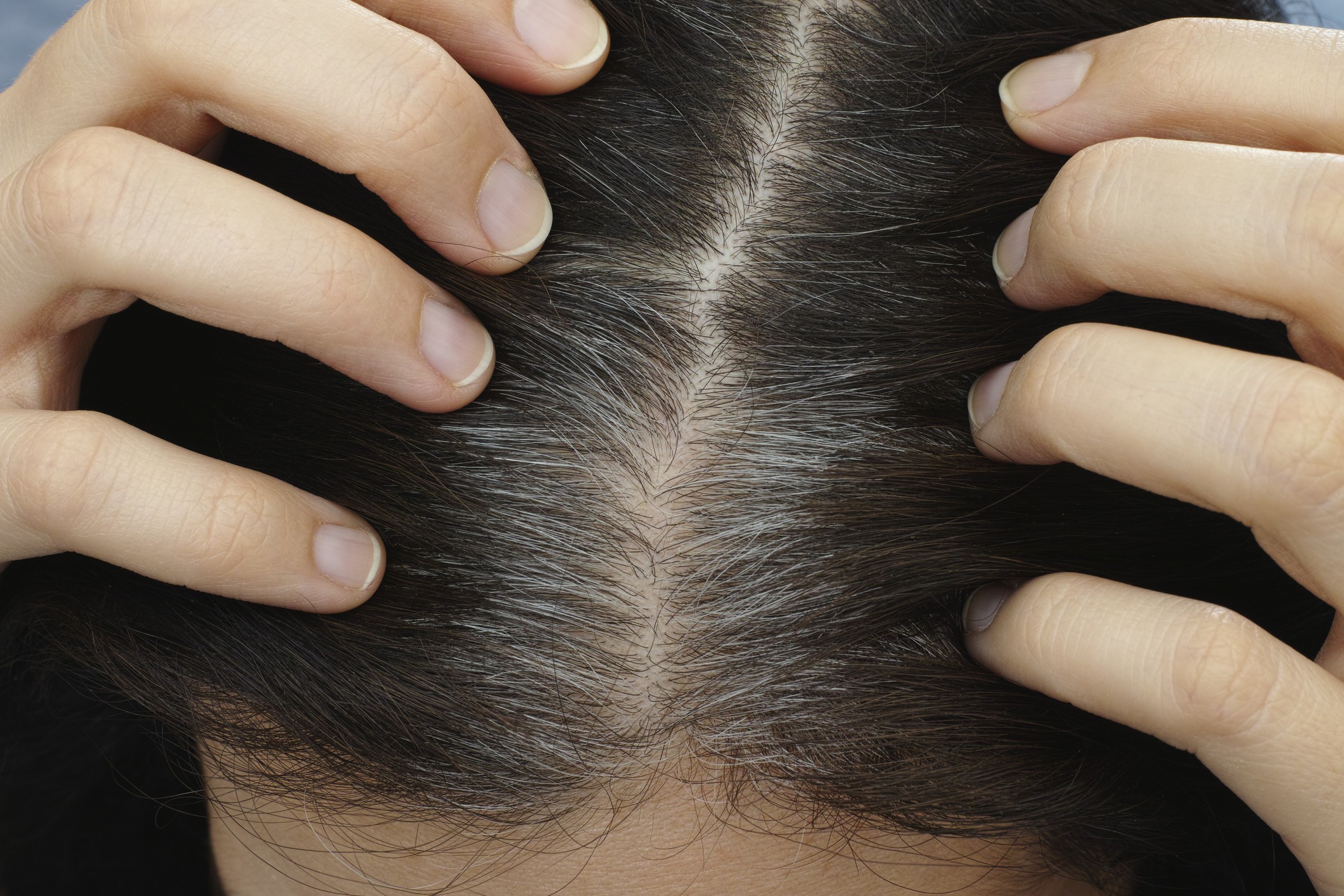 A close-up of a woman with gray hair
A close-up of a woman with gray hair
The transition to gray hair is a natural part of aging, yet many wonder about the science behind it. While stress is often blamed, the reality is more nuanced. Let’s explore the fascinating reasons why hair turns gray.
The Science Behind Gray Hair
Contrary to popular belief, hair doesn’t actually “turn” gray. Each hair follicle contains pigment cells called melanocytes that produce melanin, the substance responsible for hair color. As we age, these melanocytes become less active and produce less melanin. When hair sheds and regrows, the new strand has less pigment, appearing gray, silver, or white. This process typically begins after age 35, although genetics play a significant role in determining when graying starts.
Stress and Gray Hair: Is There a Link?
While individual hair strands cannot change color due to stress, there’s a connection between stress and hair shedding. Telogen effluvium, a condition triggered by stress, accelerates hair shedding. The hair does grow back, but if you’re middle-aged, the regrowth might be gray instead of your original color. A 2020 study on mice revealed a link between stress and fur turning gray. However, further research is needed to confirm whether this applies to humans.
Medical Conditions Associated with Gray Hair
Premature graying, especially before age 30, can sometimes indicate underlying health issues. These include:
- Vitamin B12 Deficiency: Inadequate B12 can affect melanin production.
- Neurofibromatosis: This genetic disorder causes tumors to grow along nerves and can lead to abnormal skin pigmentation.
- Tuberous Sclerosis: This rare genetic condition causes benign tumors in multiple organs, including the skin, impacting pigmentation.
- Thyroid Disease: Hormonal imbalances associated with thyroid problems can disrupt melanin production.
- Vitiligo: This autoimmune disorder destroys melanocytes, causing loss of pigment in skin and hair.
- Alopecia Areata: This condition causes patchy hair loss, often affecting pigmented hairs first, making existing gray hairs more prominent.
Genetics: The Primary Driver of Gray Hair
Your genes are the primary determinant of when and how your hair will gray. Family history is a strong predictor of your own graying timeline. While stress and certain medical conditions can contribute, genetics ultimately holds the most significant influence.
Conclusion
Gray hair is a natural part of aging, primarily driven by genetics. Stress can indirectly contribute to graying by accelerating hair shedding, but it doesn’t change the color of existing hair. Certain medical conditions can also cause premature graying. While you can’t control your genes, maintaining a healthy lifestyle and managing stress can contribute to overall hair health. Consult a doctor if you experience sudden or premature graying to rule out any underlying medical concerns.